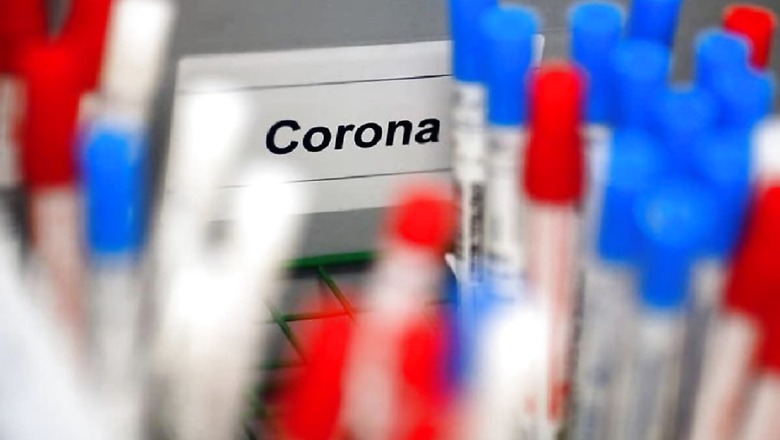
views
Beijing: The SARS-CoV-2 virus, which causes COVID-19, may hijack our cells' internal cholesterol processing system to help it spread through the body, according to a study which hints at new targets for a potential therapy against the disease. The cell culture study, published in the journal Nature Metabolism, identifies a potential molecular connection between cholesterol metabolism and COVID-19.
The researchers from the Academy of Military Medical Sciences (AMMS) in China found that the SARS-CoV-2 virus sticks to a receptor on the human cells that usually binds to HDL cholesterol, also known as 'good' cholesterol. When the scientists blocked the cholesterol receptor in the cells, the virus was no longer able to stick to them.
They say this hints at new targets for treatment, although this is very early-stage research. The study suggests that SARS-CoV-2 may use the cell's internal cholesterol mechanisms to enhance infection.
During SARS-CoV-2 infection, the spike protein on the virus binds a host-cell receptor called angiotensin-converting enzyme 2 (ACE2). The researchers highlight the role of another receptor, called HDL scavenger receptor B type 1 (SR-B1), which is expressed in several tissues, including human lung cells.
This receptor usually binds high-density lipoprotein (HDL). However, in this study, the viral spike protein bound cholesterol, and expression of SR-B1 and the presence of HDL together helped the virus bind and enter ACE2-expressing cells.
The virus seems to hijack the cell's cholesterol-uptake machinery to facilitate entry into host cells, but when the researchers blocked this pathway with a monoclonal antibody or a specific pharmacological antagonist of SR-B1, the HDL-mediated enhancement of viral infection was absent. They conclude that the study highlights a potential molecular connection between COVID-19 and cholesterol, and they suggest that drugs targeting SR-B1 may help limit SARS-CoV-2 infection.
.
Read all the Latest News, Breaking News and Coronavirus News here




















Comments
0 comment